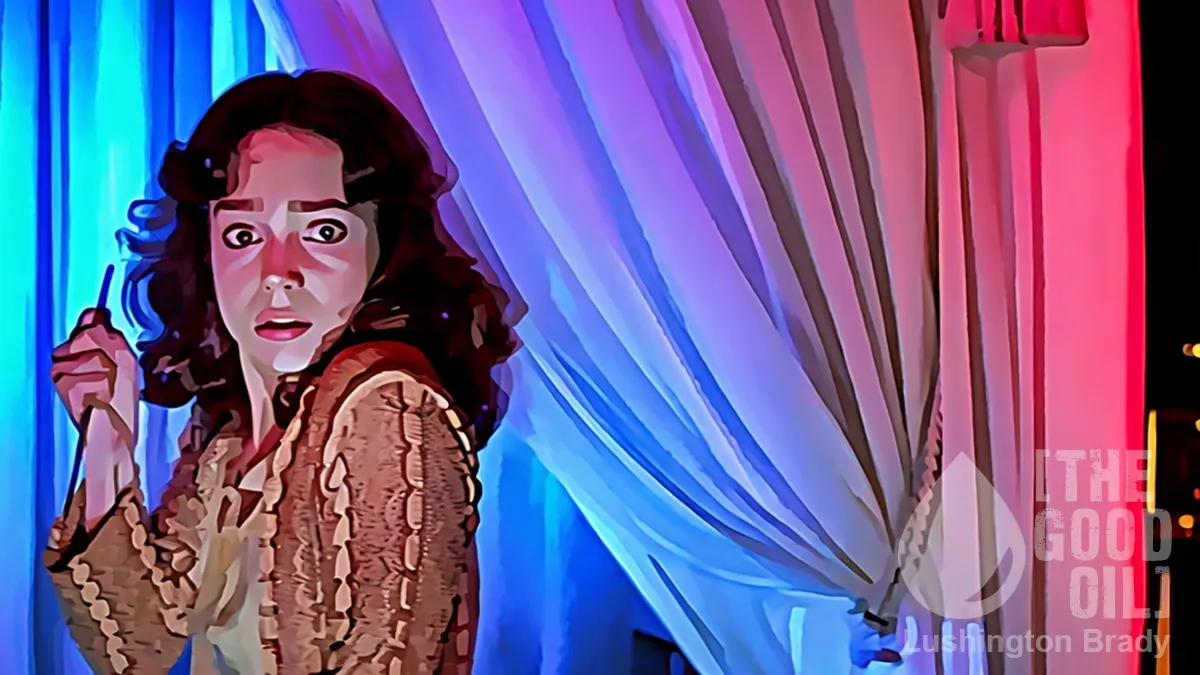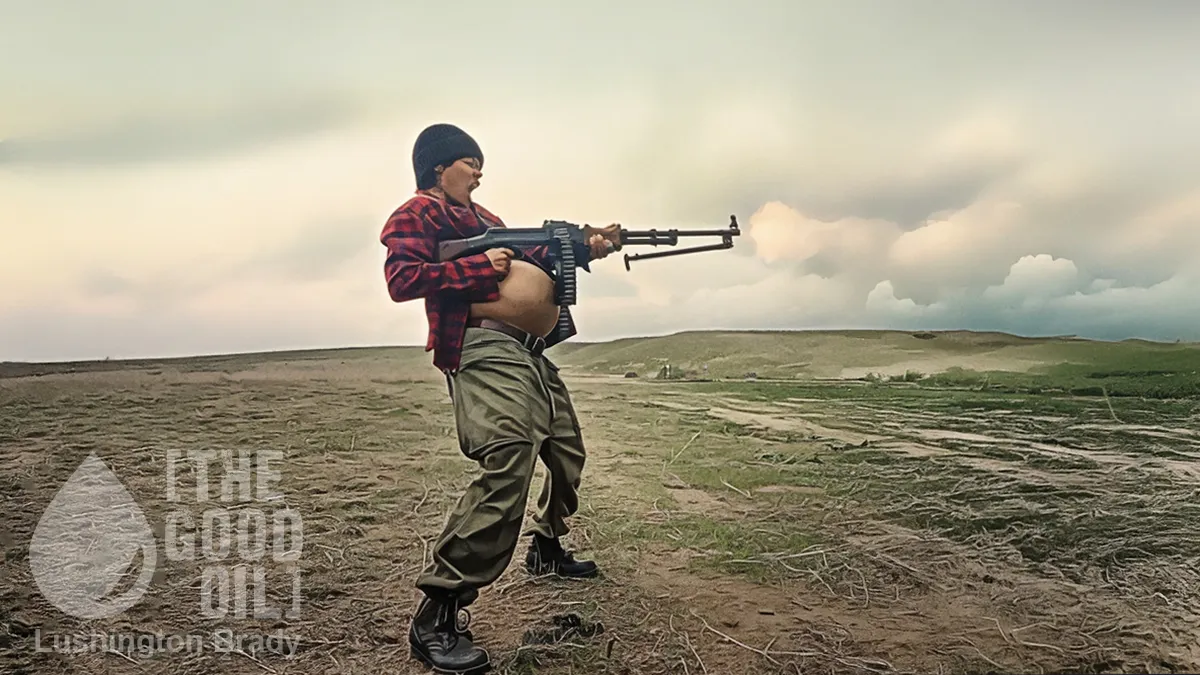Anyone who’s ever read the Brothers Grimm or Hans Christian Andersen in the original will know just how dark these stories really are, compared to the sanitised, Disney versions we’re fed today. Heads are chopped off, Cinderella’s stepsisters mutilate their own feet and are blinded by the vengeful princess, the little match-girl freezes to death and worse.
Why were these stories so dark? For a start, they are a product of much darker times, especially for children. Early death was never far away, even up until well into the last century. More importantly, as Clive Barker argues in his classic fantasy-horror, Weaveworld, where there is light in Wonderland, there must inevitably be darkness.
By comparison, modern adaptations and original children’s stories, especially cinematic, seem too often to want all light and no darkness. But even the much-maligned Disney stories can often be surprisingly dark.
Death is a recurring theme in many Disney classics. Even off-screen, the 1942 death of Bambi’s mother moves the tale from the lighthearted spring of the forest prince’s childhood to a bleak winter journey to adulthood. Half a century later, Mufasa’s death in The Lion King (1994) similarly devastated a generation.
A year before Bambi, Dumbo (1941) revolved around bleak themes of bullying, injustice and forced separation of mother and child.
The Black Cauldron (1985) is an often-overlooked film in the Disney canon, but it was groundbreaking in more than its early use of computer animation. It was also the first Disney film to receive a PG-rating. This was even after a number of scenes were cut, but the left-in sequence of the Horned King resurrecting his army of the dead was still too close to outright horror for many children.
All Dogs Go to Heaven (1989) is mostly saccharine stuff, but features a literally hellish nightmare sequence, as well as adult stuff like gambling dens and torture sequences. Watership Down (1978) likewise moves from dreamy watercolour landscapes to horrific scenes of violent, killing as rabid bunnies attacking one another.
It wasn’t just Disney and animation that traumatised child cinema-goers – not to mention the parents.
The death of the horse Artax in The Neverending Story (1984) still has power to reduce adults and children alike to blubbering messes, while the monstrous Gmork remains genuinely terrifying.
Some of the most terrifying monsters in children’s cinema are human. Even the benign ones. Seeing Willy Wonka first emerge as a grim cripple in Willy Wonka & the Chocolate Factory (1971) terrified me as a child far more than the nightmare hallucinogenic Tunnel of Terror scene (which even features a brief shot of chicken beheading).
Roald Dahl understood better than most that children’s tales need darkness and monsters, and his stories are full of grotesqueries, from Miss Trunchbull, in Matilda (1988), to Mr and Mrs Twit, titular characters of The Twits (1980).
Few of his characters, though, were more monstrous and frightening than the Child Catcher of Chitty Chitty Bang Bang (1968). Played with villainous relish by Robert Helpmann, the Child Catcher is simply a creepy, paedophilic nightmare.
Fittingly for what is essentially a literally cartoonish remake of Chinatown (1974), Who Framed Roger Rabbit (1988) is as dark as purportedly children’s entertainment gets. At the centre of its noir-ish antics is the terrifying Judge Doom, played to perfection by Christopher Lloyd. The scene where Doom slowly murders an innocent cartoon shoe is pure horror.
In the modern era, Pixar studios often shamelessly wreak havoc on viewers’ emotions. Whether it’s the tragic death of Ellie in Up (2009), Toy Story 3 (2010) reducing grown men to tears, or the bleak self-sacrifice of Bing Bong in Inside Out (2015).
Currently being remade as a live-action series, Avatar: The Last Airbender (2005-2008) introduced young viewers to very grown-up themes from its earliest episodes: genocide, war, death and loss. Not to mention Aang’s final moral quandary of whether or not killing could ever be justified.
As CS Lewis said, “Some day you will be old enough to start reading fairy tales again.”









